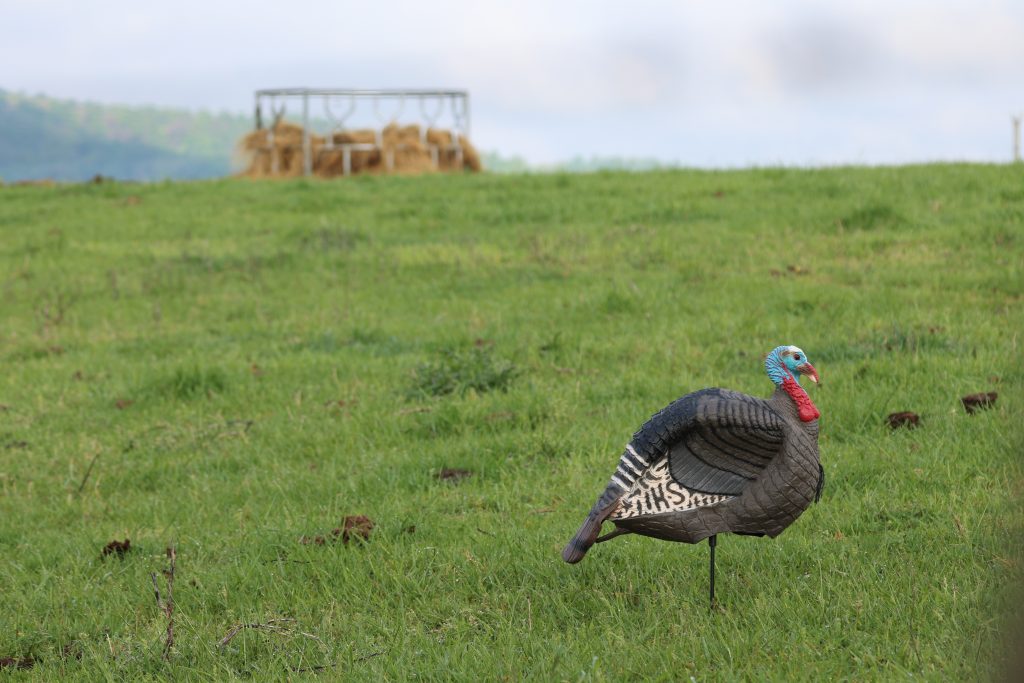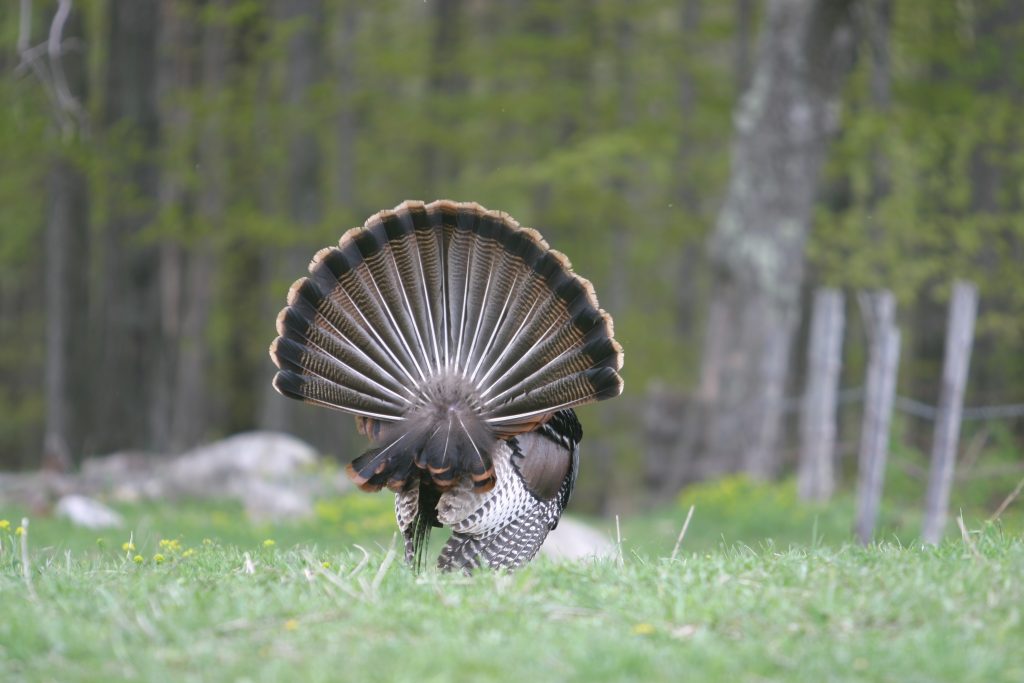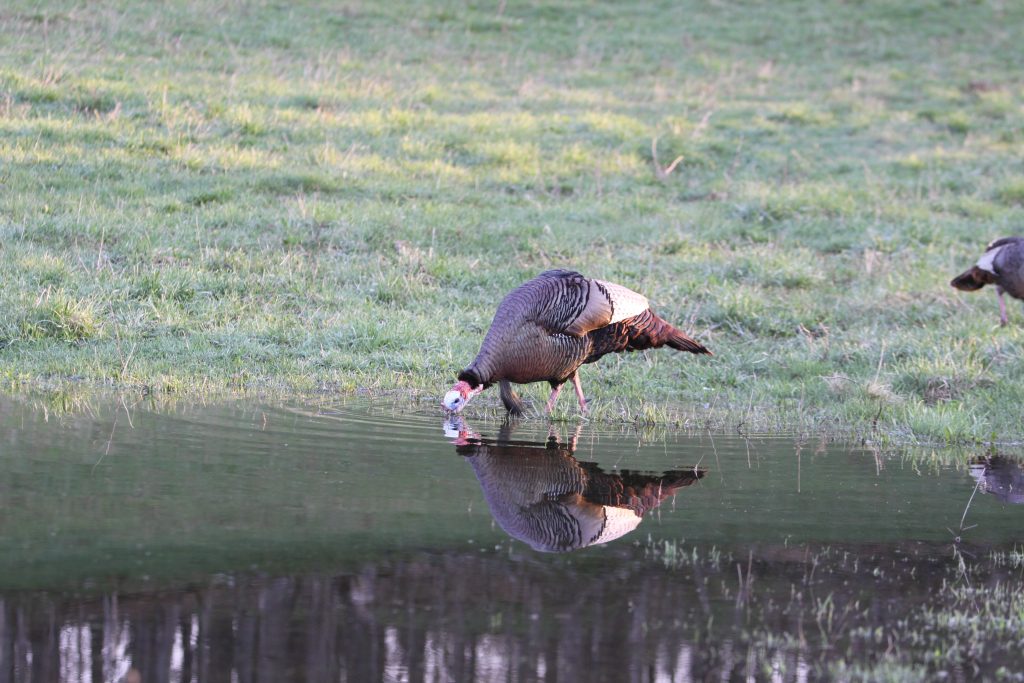How to Harvest a Turkey Without a Call
13 tactics to bag a bird without a turkey call.
Most turkey hunters use turkey calls as their primary turkey tactic. Bringing the bird to them via vocalizations is their first, and sometimes only, tactical approach. But turkey calls aren’t the only plays available to hunters. Here’s how to kill a turkey without a call.
1. Decoys Only

Decoys can be killer for luring a bird into range. Even without a call to go with these, decoys can get the job done. Setting up in a highly visible area can increase the effectiveness.
2. Set Up on Strut Zones

When a gobbler isn’t with hens and can’t find receptive ones, it’ll head to a strut zone. Usually, these are areas within the cover or on the edge of the cover where a gobbler can strut back and forth and be within sight of passing hens. Other times, these are highly visible areas. Benches, draws, sloped, field corners, and logging roads are great examples.
3. Camp on a Roost Site
Those who plan to hunt the first and last shifts of the day might just get it done by camping out on a roost site. This can help intercept a bird after fly-down or before fly-up.
4. Focus on a Food Source
Turkeys eat just like every other animal. They spend most of the day moving from one potential feeding area to the next. If you know these locations, set up accordingly and intercept a bird as it passes through.
5. Work Isolated Water

Turkeys consume most of their water intake through feeding. They also get quite a bit from dew on vegetation. But in times of drought or high heat, they’ll visit water sources, too. If water is limited or condensed, don’t overlook camping out over it. They’ll also use that area to cool down if shade is nearby.
6. Try a Still Hunt
Still-hunting through cover is a common tactic for deer hunting. It can work for turkeys, too. Slowly easing through or along the inside edge of timber can help locate and set up on a gobbler.
7. Glass and Stalk
Glassing turkeys out in open fields and then maneuvering into position is a great tactic. This can yield fruit much quicker than merely sitting down and waiting for a turkey to come to you.
8. Spot and Circle Ahead
Like the previous tactic, spot a turkey out in the open that’s on the move. Determine its line of travel. Then, circle ahead, set up, wait a few minutes and intercept it.
9. Set Up on Pinch Points
Another common deer hunting play, setting up on pinch points can work, too. If you scout turkeys well enough, patterns become apparent. Then, all that’s required is locating pinch points along those lines of travel.
10. Try Inside Field Corners
An inside field corner is a great place to see a turkey. If turkeys are in the area, a bird will likely pass through there at some point.
11. Post Up on Cow Pastures
Turkeys love cow pastures. These are prime spots to see turkeys feeding early morning, mid-morning, mid-afternoon and late afternoon.
12. Deploy the Dog
While spring seasons don’t allow it, fall turkey hunting sometimes permits turkey hunting with a dog. Of course, this tactic usually involves calling turkeys back together, but it can be effective even without it.
13. Use Your Mouth
Don’t have a turkey call? Learn to make turkey sounds with only your mouth. Many hunters do this, and it can be an excellent method in a pinch or when you don’t want to move your hands.
As shown, turkey hunting isn’t one-dimensional. It involves a lot of different tactics, and many don’t require a turkey call.
